|
As you will know from my blog posts during the pandemic, I took advantage of the free time I had due to the lack of tourists – and therefore a lack of tours – to travel during both summers (2020 and 2021), the only time most restrictions were lifted. But because of the various restrictions that were still in place during the summers, I was for the most part limited to travel in within the Czech Republic. And it was wonderful! I not only revisited some favorite places that I had not been to in years (such as Český Krumlov), I also made it a point to visit some towns and sites that, despite having lived here for several decades, I had never seen (like Žďár nad Sázavou). And I became fascinated again, and in a different way, with the amazing lands that are the Czech Republic. With its bucolic countryside, royal towns and castles, the Czech Republic has something for everyone. There’s even a wine country in this nation of beer lovers!
I also got bitten by the travel bug, so now that tourism has returned in a big way this year (though still not quite to pre-pandemic levels) along with my tours, this summer I have tried to squeeze in a trip or two whenever I have a few days free. And although at times we’ve been hit by the heatwave that has affected Europe this summer, we’ve also had some glorious weather that is more typical of summers here: Sunny with clear skies (or sometimes with only a few puffy white clouds floating in a blue sky, like a Baroque painting) and around 75 degrees Fahrenheit with low humidity for a high. In other words, it was perfect weather for traveling and sightseeing.
The above is a sponsored link.
Pilsen - the Birthplace of Pilsner Beers
And you might be surprised to learn that one of the most interesting places I visited this summer is the city of Pilsen (Plzeň) – yes, as in pilsner beers, and the most famous Czech brand: Pilsner Urquell. To be sure, I had visited Pilsen many times before – or, rather, I had visited the famous brewery – many times before. Back in my finance days, Pilsner Urquell (Plzeňský Prazdroj), was one of my clients, so I was there often when working on that project. But my colleague and I would drive to meetings from Prague and then head straight back to Prague afterwards. And because the brewery was on the edge of town on the Prague side of Pilsen, we didn’t drive into or through the city. So my trip this summer was the first time I actually visited the city (with the exception of being driven to a few pubs to taste beer during the aforementioned financing project).
I had always thought of Pilsen as an industrial city – producing lots of great beer and things like locomotives – and perhaps it is. But the city I visited this summer had a lot more to offer than just its business, which was a pleasant surprise. The impetus for the trip came when a friend and I were looking for a destination not too far from Prague that we could reach by train and be back the same day. Her husband was going to be out of town on a weekend business trip, so we decided to take a trip of our own. Pilsen fit the logistical requirements, and we both had always wanted to visit Pilsen’s Great Synagogue but had never managed to do it.
The Great Synagogue and more
But seeing as we wanted to make a day of it, we needed other things to see in addition to the synagogue. A brewery tour was not top of mind (I practically lived at the brewery in 1994-1995), but I remembered reading about the Loos Interiors when I took one of my “pandemic trips” to see some of the works of master architect Jan Santini that are located at various points in the countryside west of Pilsen.
On that trip in 2020, another friend and I rented a car when we arrived at the Pilsen train station and immediately headed directly to our accommodation just outside/west of the city and closer to our various Santini destinations. We had thought we might drive to Pilsen one day during our holiday and perhaps tour the Loos Interiors, and on the way to our pension we passed the Great Synangogue and commented that we would like to see it, too. So a day trip to Pilsen was on our wish list, but in the end Santini took up all of our time (and was well worth it!).
So, between the synagogue and the Loos Interiors, Pilsen indeed had much to offer for a summer day trip (as I’ve discovered that most Czech towns do – the history is so rich here). And yet another thing I’ve discovered is the fact that most Czech towns have gotten a lot more sophisticated when it comes to eating and drinking than when I first moved here. These days most places of any reasonable size - say a population of 20,000 or more - are filled with good restaurants, trendy cafés and cool wine bars. And not only are the places attractive with a good atmosphere, but unlike only a few years ago, the coffee is quite good, too, as is the food. Artisan gelato abounds, and the wine in this beer lover’s paradise has also improved (and you’ll find more imported wines, as well).
And thanks to financial and other support from the Czech government, the EU and UNESCO, the towns have been spiffed up as well, with lots of tourist info and tours, etc., usually available. A little bit of research and asking around before the trip led us to all of the Jewish sites (in addition to the Great Synagogue), tours of the Loos Interiors, St. Bartholomew’s Cathedral and a great lunch. Stumbling into a hotel to buy a tram ticket to get back to the train station at the end of the day led us to a very retro interior and a rooftop bar where we sipped delicious coffee while taking in stunning views of St. Bartholomew’s spire (the tallest in the Czech Republic at 336 feet), the synagogue towers with the sun setting on their pink façades in the other direction, and the old part of the city. The weather was perfect, too, so, in short, it was a perfect day trip. Pilsen’s Jewish Heritage
We began at the Great Synagogue. Having recently reopened following a reconstruction, it was the perfect time to see this iconic structure. To be sure, that time I remember having driven past it on one of my business trips in connection with the brewery, it was also striking. Now it is simply stunning.
During World War II, the Great Synagogue was used to store the furniture of the city’s deported Jews. It survived the war mainly due to the fact that it was located between two other buildings, but bullet holes can still be seen in the Ten Commandments on the structure’s façade from the battles to liberate Pilsen.
The Old Synagogue
Not far from the Great Synagogue is the Old Synagogue, located in the courtyard of one of the buildings lining a leafy park called Smetanovy Sady. It’s the oldest existing synagogue in Pilsen, having been built in the Neo-Romanesque style between 1857 and 1859. The Old Synagogue lost much of its importance when the Great Synagogue was built in response to the dramatic growth in the Jewish population of Pilsen that occured in the second half of the 19th century.
A complete reconstruction of the Old Synagogue took place from 2010 to 2014, and now it is part of a complex of Jewish sites, including a sukkah and the Auxiliary Synagogue. The Auxiliary Synagogue was built in 1875 and was used as a Jewish school until 1892.
After visiting the both synagogues, it was time for a leisurely lunch under one of the trees in the aforementioned leafy park. One of the restaurants a friend had recommended when I did my “research” was found to be located almost directly across from the Old Synagogue on the opposite side of the park. Did I mention that this trip was incredibly convenient?
A Surprise Awaits…
After lunch, we headed to the Loos tour. According to the map, we had to walk back in the direction of the Great Synagogue and then turn north when we reached its street and walk three or four blocks. What I didn’t expect to see was one of the city’s most famous sites – and one that I had completely forgotten about when planning our trip. And it stopped us in our tracks – not because of its size or beauty: in fact, we almost walked right past it (though to be fair, it was on the opposite side of a very wide thoroughfare) – but because of its impact. It was the “Thank You, America!” memorial commemorating the liberation of Pilsen at the hands of the American army in World War II.
As we had a scheduled tour of the Loos Interiors, we first made sure we found the meeting point, and, as we were a bit early, we went back the few steps and crossed the street to see the memorial. Two granite columns flank a plaque in the ground with a map of Europe showing the advance of the U.S. Army from the west into Pilsen, which is located in the western part of the Czech Republic, not far from the German border. Engraved on one column is the Great Seal of the United States of America along with the words, “Thank you, America!” On the other is the Czech lion engraved with the same words in Czech: “Diky Ameriko!”
The above is a sponsored link.
Next to each column is a flagpole – one with an American flag and one with a Czech flag. Standing atop a wide boulevard called Americká (America Street) which slopes slightly down a hill behind it, it’s hard to express how looking at that monument and reading those words made me feel. I definitely felt a sense of pride in my country and its army and ideals. And for your planning purposes, every year on V-E Day, May 8, there is a big celebration in Pilsen to commemorate the liberation of the city from the Nazis at the hands of the Americans. It’s a big event, with a Convoy of Liberty comprising some 260 historic American military cars passing through the city. And I am sure it’s very moving, too, just like the memorial.
Next we moved on to our tour of the Loos Interiors….
Born in 1870 into an Austrian family in the city of Brno in present-day Czech Republic, Adolf Loos is considered one of the world’s renowned architects and is credited as being a founder of modern architecture. He designed the famous Muller Villa in Prague, which is another site you can visit, but in Pilsen he designed the interiors of 13 apartments in already-existing buildings for a number of well-to-do families, most of whom lived near each other. (Only the city of Vienna has more Adolf Loos works.) And as all of these families also happened to be Jewish, the tours of the apartments offer an interesting look at the lives of Pilsen’s Jewish community at the time, as well as the historical events of World War II and the communist period that followed.
Created in the early 1930’s, the Loos Interiors include eight of the original 13 apartment interiors which can be visited (another is under reconstruction now and should be added to the eight soon). The “Visit Pilsen” website describes Loos’ work thus:
“The apartments by Loos were quite modern and before their time. It’s safe to say that Loos was a step ahead of the rest with is designs. Typical qualities of his work include the use of high-quality, natural materials and a heavy emphasis on thoroughly thought-out functions and well organized interior spaces. Proof of these qualities can be seen in the precisely furnished, built-in cupboards or other atypical features, which were meant to ease the lives of the apartments’ inhabitants.”
The above is a sponsored link.
The seemingly simple interiors are revealed to be quite complex upon closer inspection, with their precise and efficient use of space. And they are rendered stunning by the materials used, such as a living room with a dark mahogany ceiling and Swiss Cipollino marble walls, a dining room with built-in furniture and travertine tiling, and other features like amazing wall paper and red-painted wooden plank flooring.
We toured only two of the eight apartments. Seeing the remaining six only gives me a reason to return to Pilsen! After the tours we headed to the city’s historic center in search of more sites and afternoon coffee. Passing back past our lunch spot and through the park, we took some side streets which were bustling with outdoor restaurants and cafes to reach the main square: Republic Square (Náměstí Republiky).
St. Bartholomew’s Cathedral
As mentioned earlier, St. Bartholomew’s has the tallest spire in the Czech Republic, so naturally it dominates Republic Square. And as an aside: when the city of Pilsen was founded, this square was also one of Europe’s biggest. Construction of this Gothic church started in the very early 14th century, probably in 1307, and was completed in the beginning of the 16th century.
The church’s interior is stunning, too: The famous argillite statue known as the Pilsen Madonna is situated on the altar. The vaulting in the presbytery and nave is spectacular.
Another gem located on the square is the city’s Renaissance town hall, built in the 1550s by an Italian architect and decorated in sgraffito. In front of city hall stands a 17th-century Baroque plague column and in and next to it is the Imperial House. At the time of the Plague, it was the seat of Emperor Rudolf II who moved there from Prague to escape the disease. Rudolf was the Austrian Emperor who moved the seat of the Empire from Vienna to Prague during his reign.
Rooftop Views
With sites closing and our train departure approaching, we decided it was time for coffee, but first we needed to get tram tickets to make our way back to the train station. The tourist office had just closed, so we popped into the lobby of a hotel on the square to see if they had any tickets to sell us. While waiting in line at the reception, we noticed a sign in the lobby pointing to a rooftop terrace with a bar/café. With that, along with the beautiful weather and the scent of good coffee wafting down the elevator shaft, we were sold – time for one last stop on an amazing day before returning to Prague.
The above is a sponsored link.
We bought our tickets and headed up the elevator to the roof. It did not disappoint. As the sun began to sink in the sky (though sunset would be long after we returned to Prague, such are the long summer days here), we sipped cappuccino with golden light bathing the buildings we had just seen – St. Bartholomew’s tower and the turrets of the Great Synagogue in the west. It was the perfect end to a magical trip. After coffee, we headed for the tram and were at the train station in minutes. The ride to Prague, passing by the fairytale-like Karlstejn Castle and the bike paths and hills along the Berounka River, wasn’t bad either!
Contact Me
If you'd like more information on Pilsen, Prague or other day trips in the Czech Republic, please contact me. And, yes, a brewery tour is worth a trip, too, if you've never done that! And you can learn more about Prague and pilsner (and other) beer in my Prague guidebooks!
0 Comments
Your comment will be posted after it is approved.
Leave a Reply. |
YOUR DONATION HELPS ME KEEP THIS BLOG GOING.
Even a small donation will help and is much appreciated! Consider making a donation today!
AuthorI am an American who has been living in Prague for two decades. After a long career in international finance, I left the business world to pursue other interests. I now work as a writer, mentor and guide to the city. Archives
June 2024
Categories
All
|
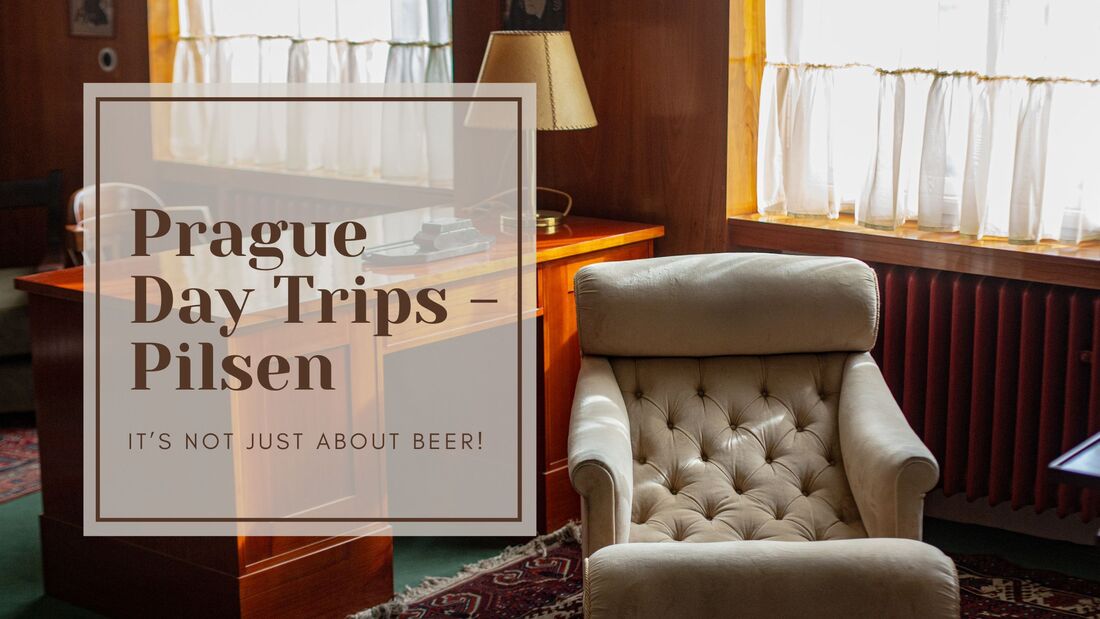


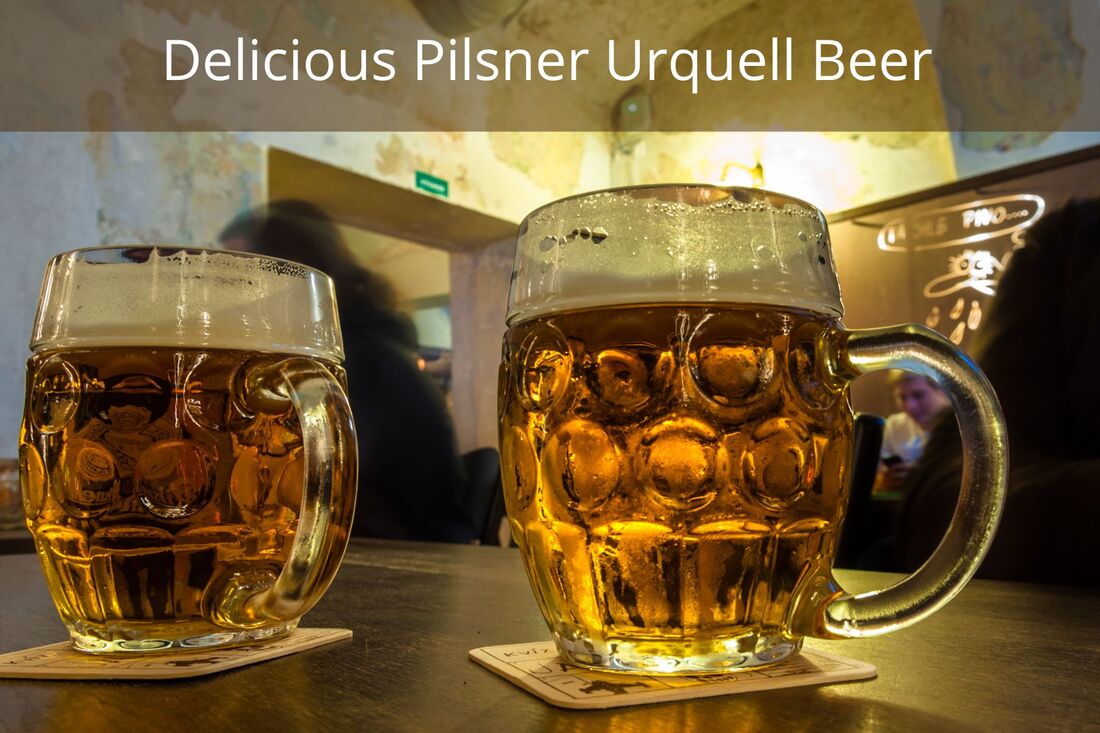


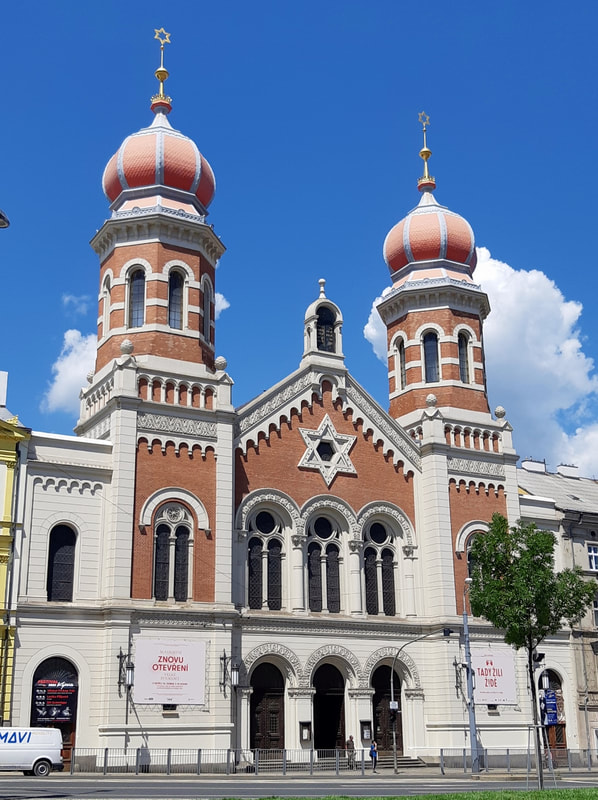















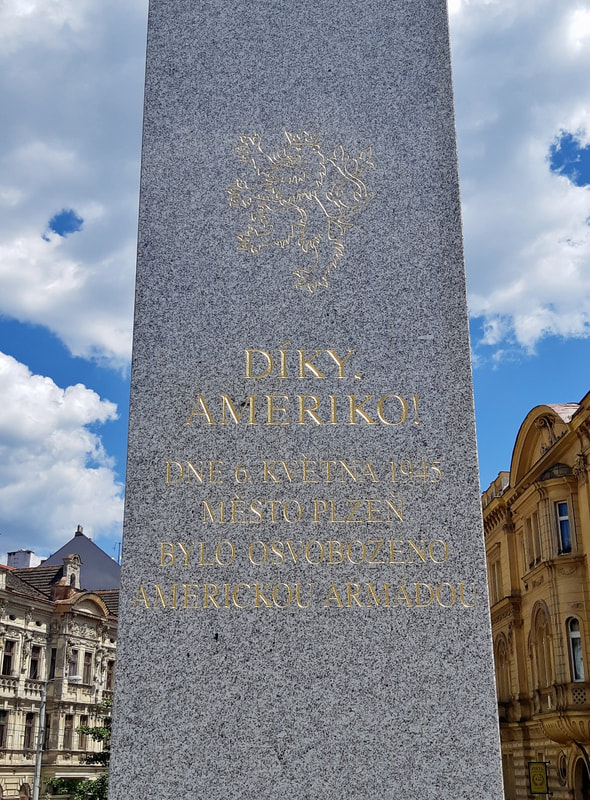
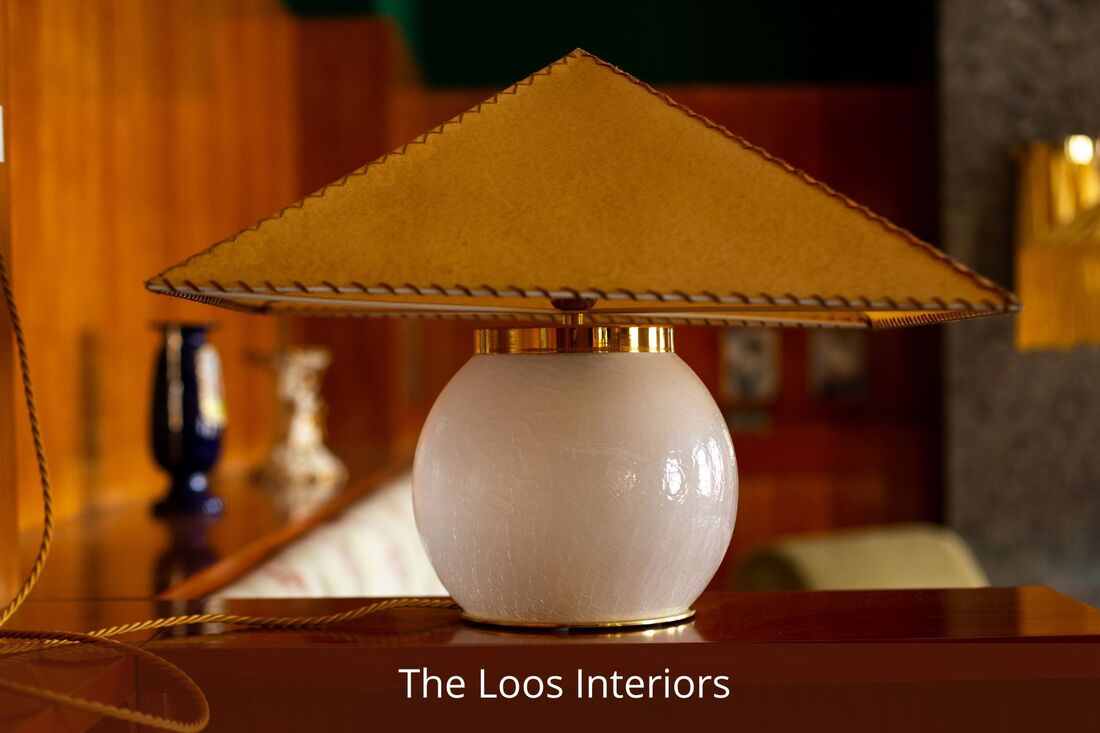


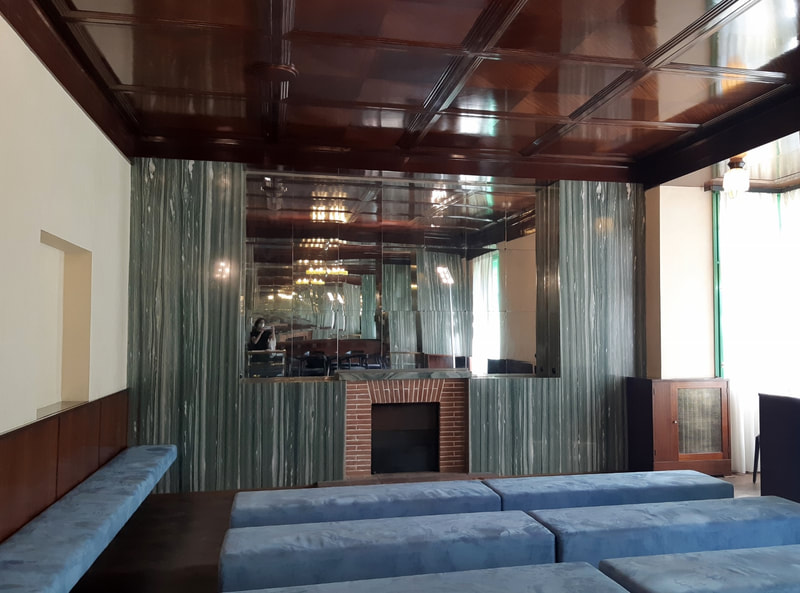






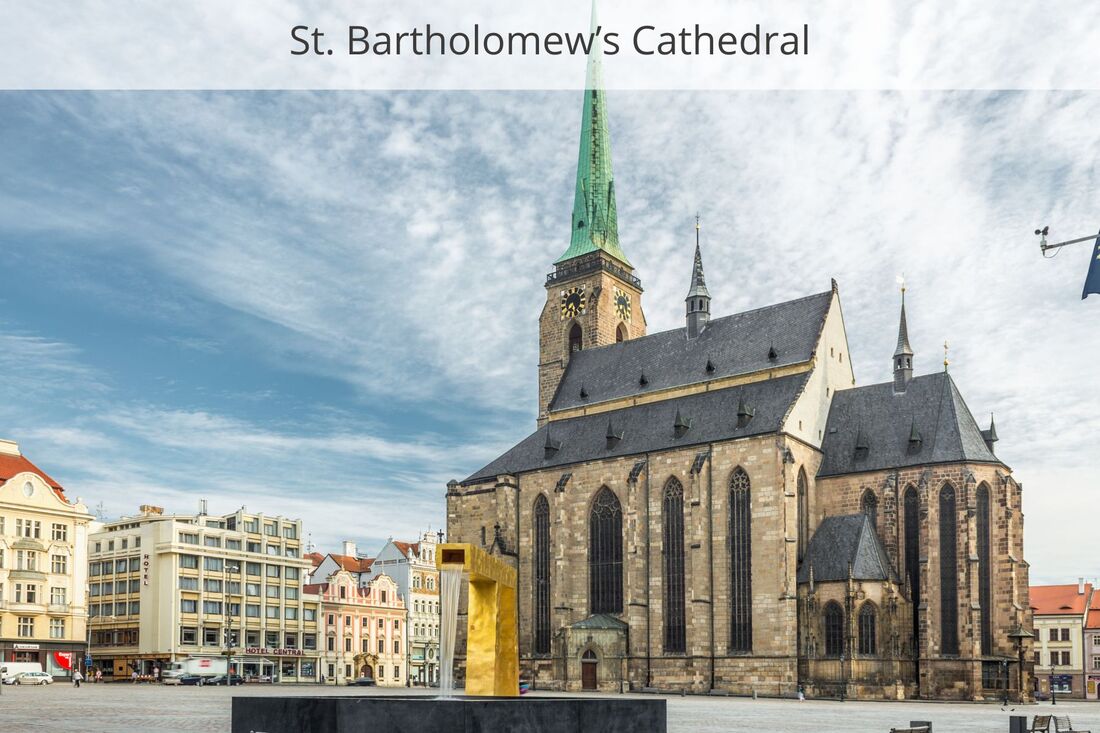

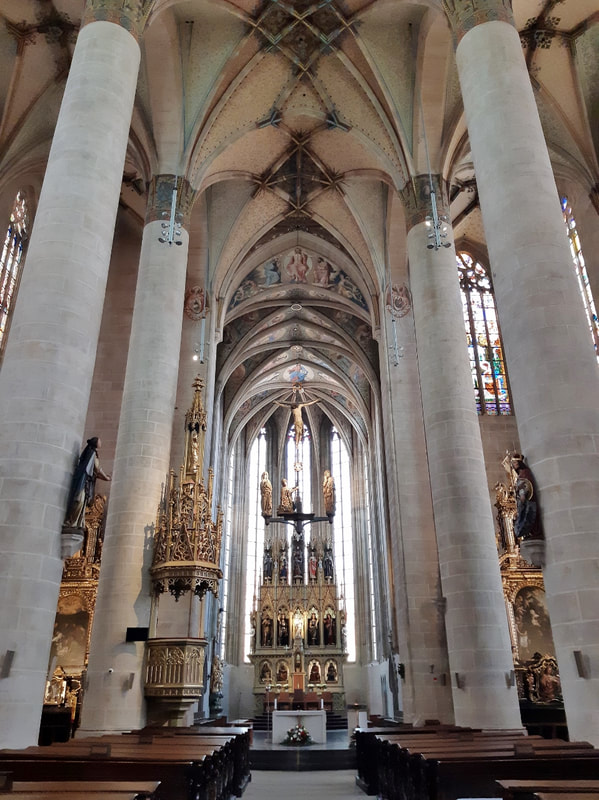









 RSS Feed
RSS Feed